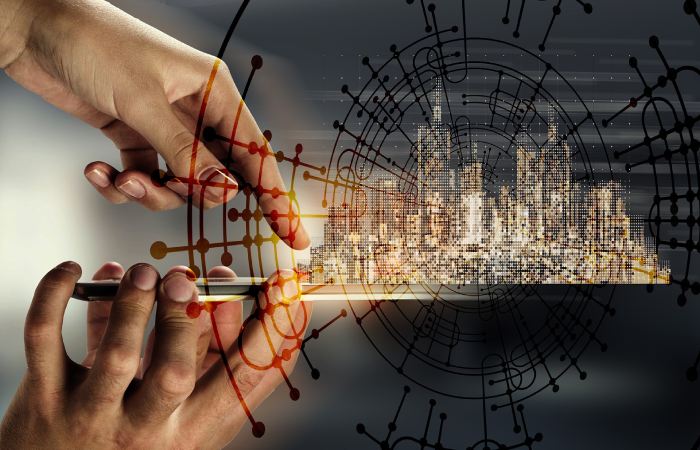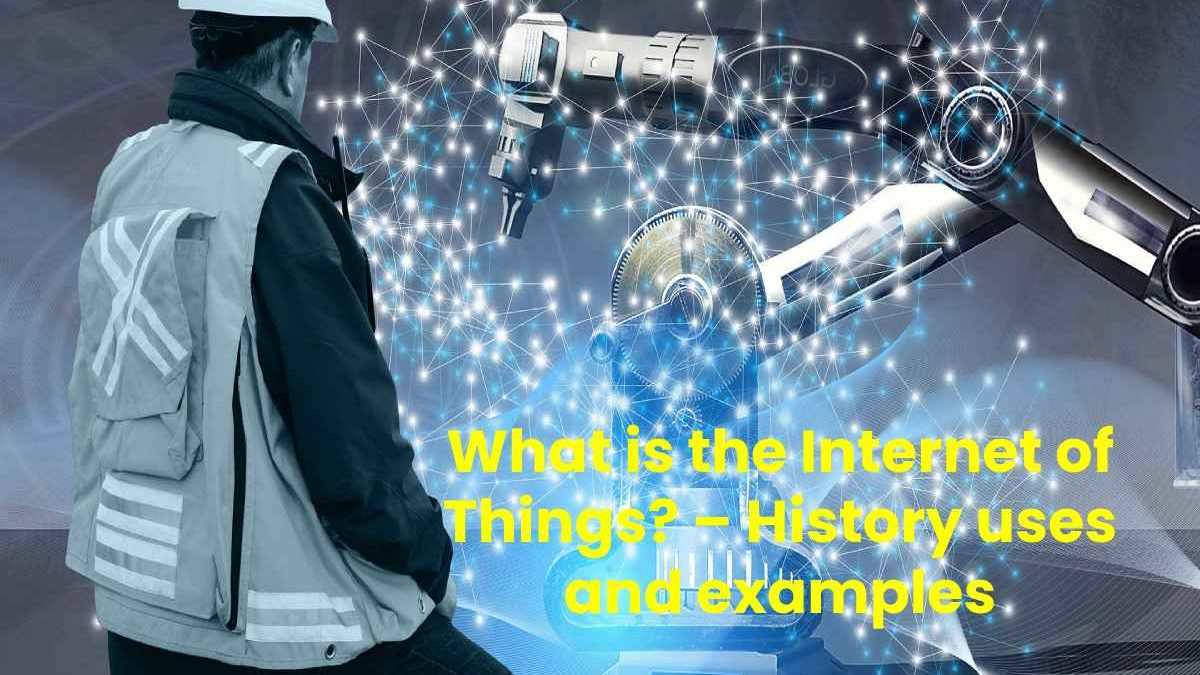The Internet of Things (IoT) is an idea that has remained in society for several years. According to specific projections, it is the call to mean an essential volume of business within new technologies worldwide.
Table of Contents
What is the Internet of Things?
In most cases, a definition of the Internet Of Things that will serve us refers to “everything related to the Internet connection of devices and objects that are not computers.”
In this definition, we emphasize that the already classic scenario is that of computers connected to the Internet (PCs, laptops, etc.). The IOC seeks to provide connection and “existence” on the Internet to everyday objects that surround us. For example, we connect refrigerators, house doors, garbage containers, parking spaces, lampposts, and supermarket shelves, all using home internet. The possibilities are becoming infinite with today’s digital innovation.
In these everyday objects, the connection does not have the same meaning. That the Internet connection of our personal computer has for us. The main contribution of existence on the Internet is the possibility of having remote access (literally from anywhere in the world) to information generated (or consumed) by said object.
History of the Internet of Things

Adding sensors and intelligence to “basic” matters was already discussed during the 1980s and 1990s. Still, progress was slow because the technology wasn’t ready, aside from a few early projects, including an Internet-connected vending machine.
The chips were too large and bulky, and there was no method for the matters to communicate effectively. Processors that were cheap and inexpensive enough to be almost disposable. A need before it finally became profitable to connect billions of devices.
Adopting RFID tags (low-power chips that can communicate wirelessly) has solved this problem, along with the growing availability of broadband Internet and mobile and wireless networks. The adoption of IPv6, which, among other things. Should deliver enough IP addresses for every device the world (or indeed this galaxy) might need, was also a necessary step for IoT to scale.
What Possible Uses Can it Have in Everyday Objects?
Thus, for example, the municipal garbage collection service could make more efficient use of its. Resources if it knew the degree of filling of each garbage container in the city.
Although it may not seem like it, this proposal is actual, and it is worth dwelling on it as an almost perfect example of the IoT paradigm. In this application, a sensor is an attache to each container in the city (volumetric, for instance. Which is capable of measuring changes in the interior volume of the container, or ultrasonic, which measures distances, in this case on the vertical axis top-bottom).
This sensor regularly (although it could do so only when there are changes) transmits information about the occupancy of the container. To share occupancy data, the sensor uses the existing mobile phone network. Therefore, it remains not required to have a connection to a local network or WiFi. The sensor has an internal SIM card, precisely like the ones we have in our mobile phones, allowing us to access the Internet.
Objects Could Have their IP
To exist on the Internet, an object must have a unique address. This address was and has been use in all computers connected. To the Internet (and will now also be used by other objects), is known. As an IP address (it stands for Internet Protocol, that is, Internet Protocol).
The IP address is analogous to a postal address. In an imaginary city where every neighbor can potentially send and receive data, each house has a unique IP address. There are no two houses with the same, and it is enough to know the IP addresses involved for any communication.
Example of Internet of Things or Internet of Things
As we have mentioned, practically any physical object can transform into an IoT device. If it can be connected to the Internet to control it or communicate information.
A light bulb that can be turned on with a smartphone app is already an IoT device, just like a gesture sensor or a smart thermostat in an office or a connected street light.
An IoT device could remain as fluffy as a children’s toy or as serious as a driverless truck.
Some large objects maybe fill with many smaller IoT components, such as a jet engine
Conclusion
The Internet of things describes physical objects with sensors and processing abilities. software and other technologies connecting and exchanging data with different strategies. And systems over the Internet or other communications networks.


